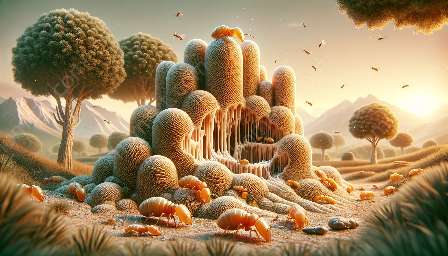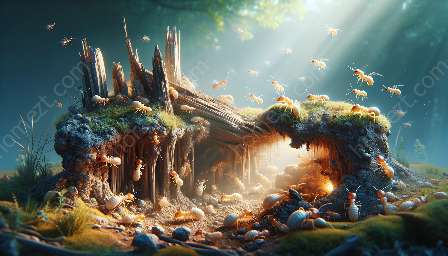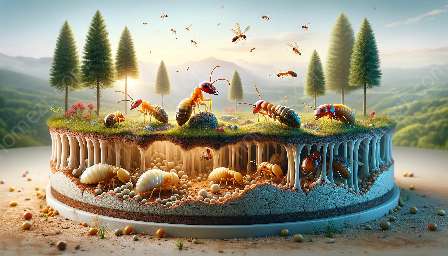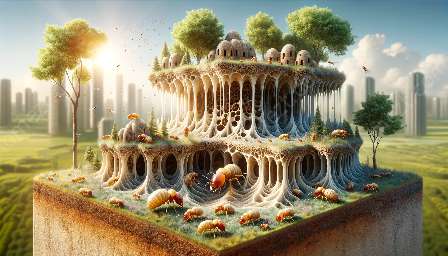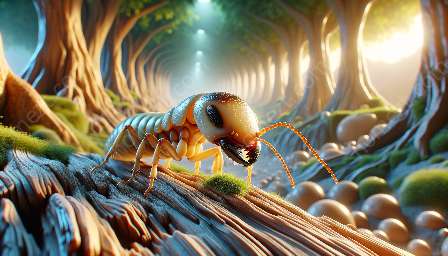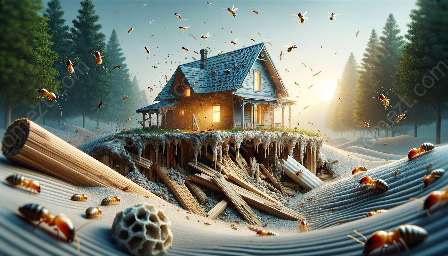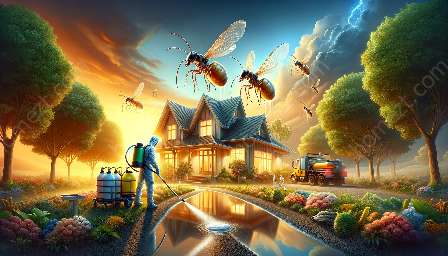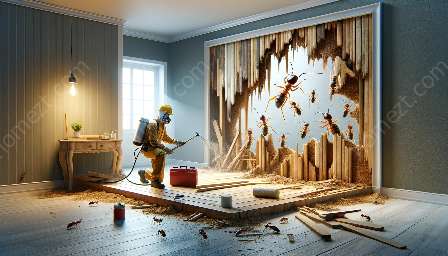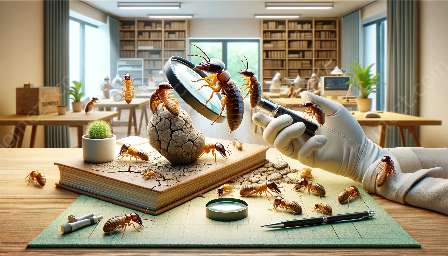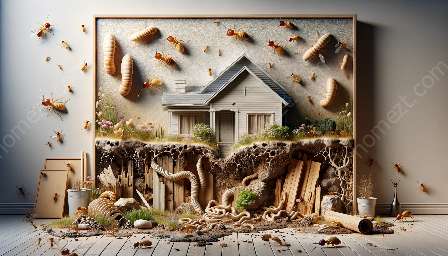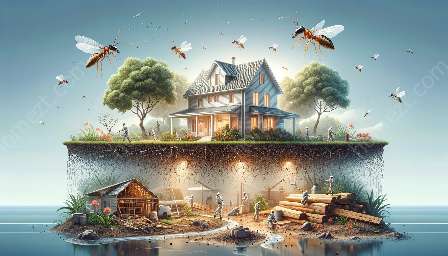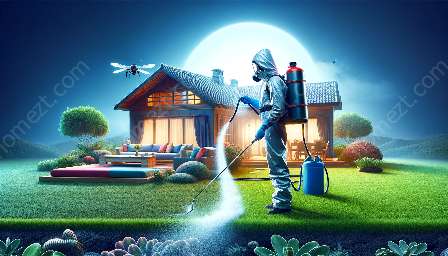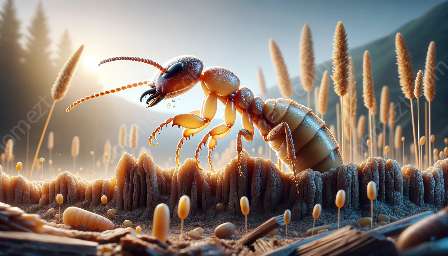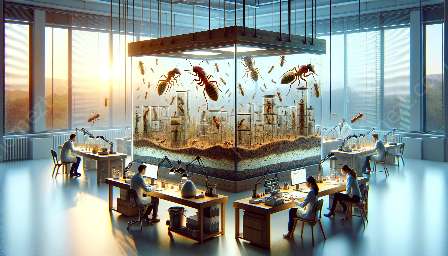Termites are small but mighty insects that can cause significant damage to your home and garden. In this comprehensive guide, we will delve into the world of termites, exploring their behavior, impact, and methods of pest control. By understanding termites and how to control their presence, you can protect your home and garden effectively.
The World of Termites
Understanding the Termite Species
Termites are social insects that belong to the order Isoptera. They are commonly known for their ability to feed on cellulose material found in wood and plant matter. There are several termite species, including subterranean, drywood, and dampwood termites, each with distinct habits and characteristics.
Behavior and Habitat
Termites live in colonies that can range from a few hundred to millions of individuals. They construct elaborate nests, which can be located in soil, wood, or even within concrete structures. The insects' relentless feeding and nesting behavior make them a formidable pest, particularly for homeowners.
The Impact of Termites
Structural Damage
Termites are infamous for their destructive capabilities. They can cause extensive damage to wooden structures, including flooring, beams, furniture, and even books. If left unchecked, termite infestations can compromise the structural integrity of a building, leading to costly repairs and renovations.
Ecological Significance
While termites are detrimental to man-made structures, they play a crucial role in the ecosystem. They aid in the decomposition of dead plant material, contributing to nutrient recycling and soil enrichment. However, when termites encroach on human habitats, their ecological value is overshadowed by their destructive impact.
Controlling Termites: Pest Control Strategies
Preventive Measures
Effective termite control begins with preventive tactics. These include minimizing wood-to-soil contact, maintaining proper ventilation and drainage, and regularly inspecting your home and garden for signs of termite activity. Preventive measures can significantly reduce the risk of infestation.
Chemical Treatments
When it comes to managing termite infestations, chemical treatments are commonly employed. These treatments may involve the application of liquid termiticides or the use of termite baits. It's crucial to consult with pest control professionals to determine the most suitable approach for your specific situation.
Natural and Non-Chemical Control Methods
For those seeking environmentally friendly solutions, various non-chemical methods can be effective in controlling termites. These include using nematodes, maintaining proper landscaping, and implementing physical barriers to deter termite intrusion.
Protecting Your Home and Garden
Integrated Pest Management
Integrated Pest Management (IPM) is an approach that emphasizes proactive and sustainable pest control methods. By integrating preventive measures, regular inspections, and targeted interventions, homeowners can minimize the risk of termite infestations while safeguarding the environment.
Garden Maintenance
Regular garden maintenance plays a pivotal role in termite control. Keeping vegetation well-trimmed, removing decaying wood and debris, and practicing proper irrigation can discourage termite activity in outdoor spaces, preserving the health and aesthetics of your garden.
Conclusion
Termites pose a significant threat to homes and gardens, requiring vigilant pest control measures for effective management. By understanding the behavior and impact of termites, as well as implementing preventive and targeted control strategies, homeowners can protect their properties from the detrimental effects of termite infestations.






















